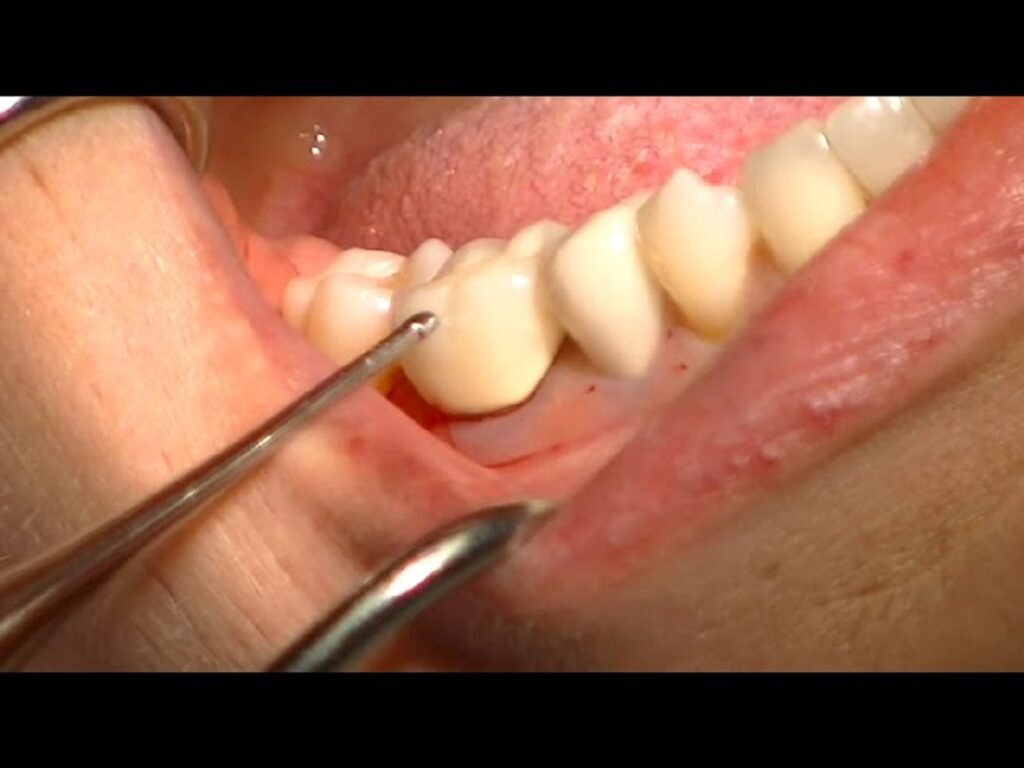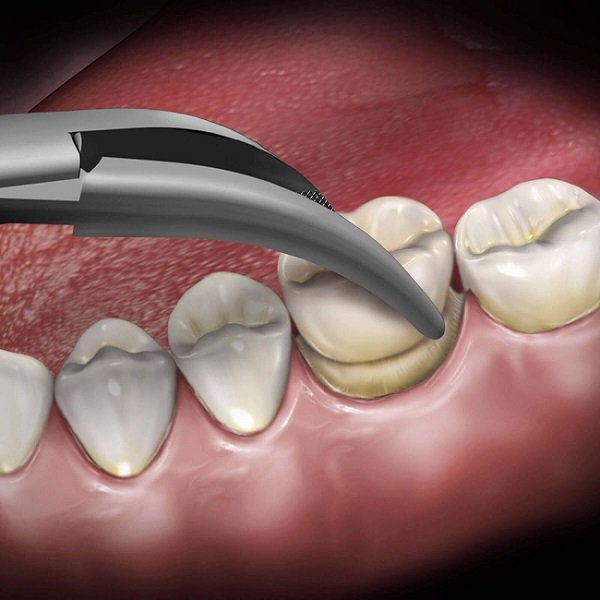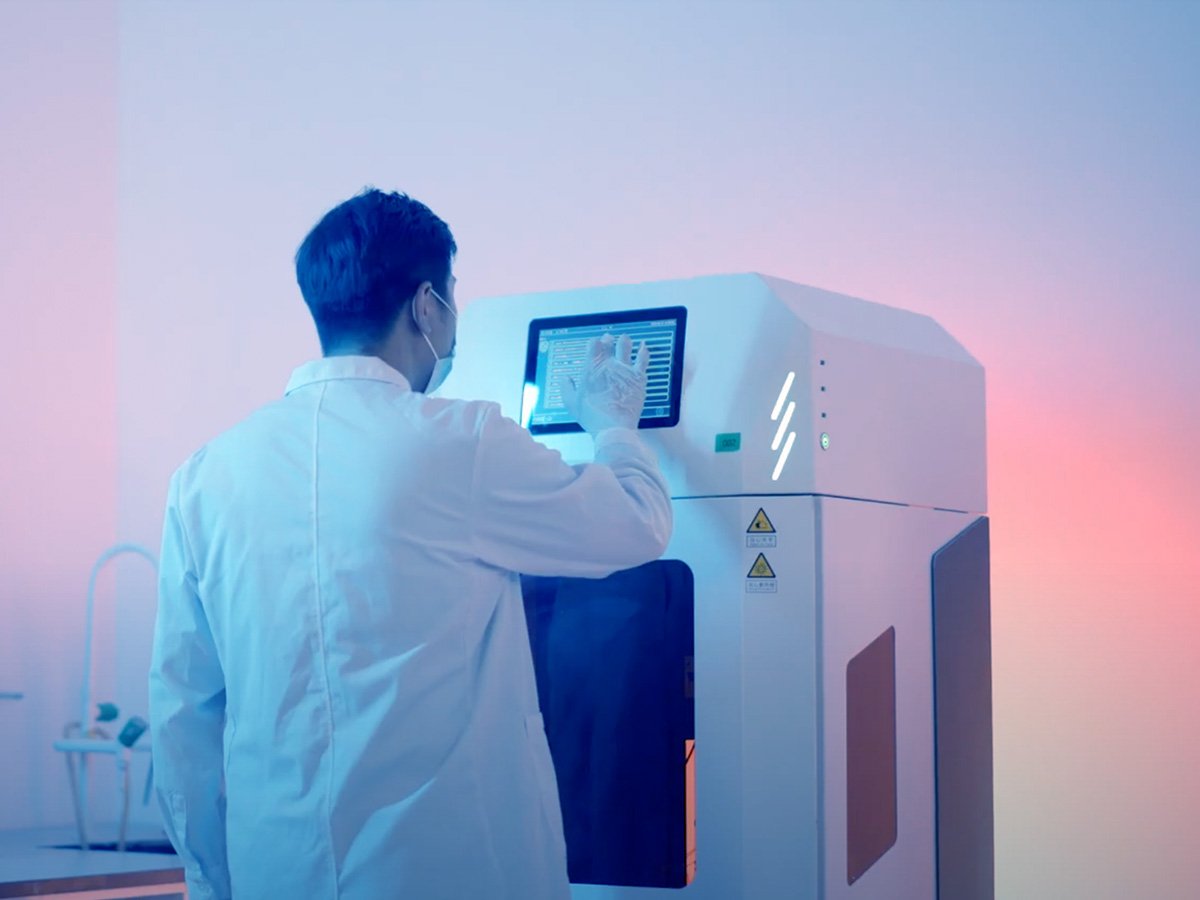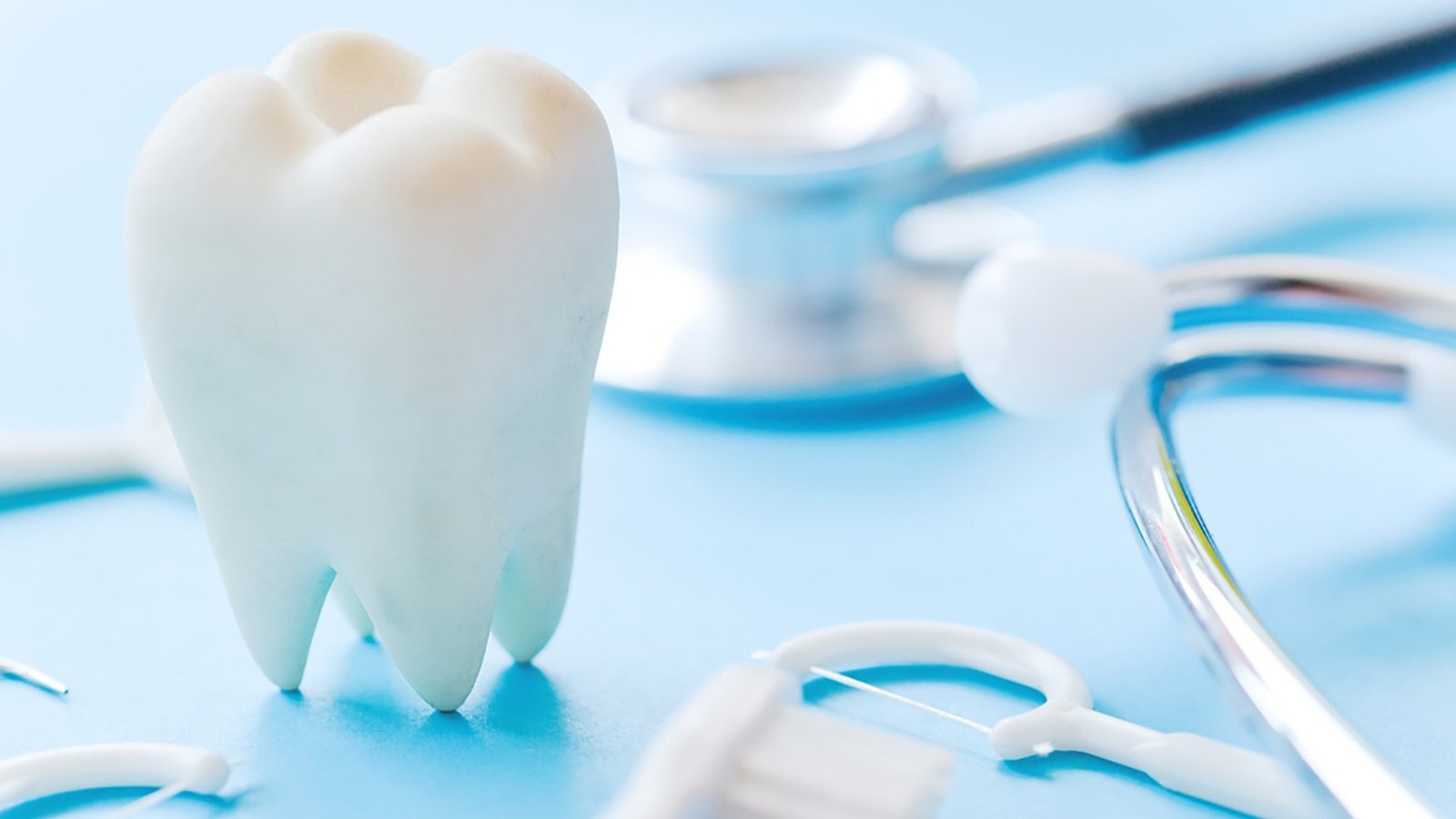Sometimes dental crowns need to be removed due to damage, decay, or replacement. Whether anticipating dental crown removal or just learning about the process, knowing the methods and the materials used is key. In this section, we will go in-depth into how to remove a dental crown. dental crown removal procedure, when they are done, and what to expect from this crucial dental service.

What is Dental Crown Removal?
Dental crown removal is the process of detaching an existing dental crown from a tooth. There are many reasons crowns need to be removed, such as damage, slow decay beneath the crown, gum problems, as part of an orthodontic plan, etc. Dental crown removal simply preserves the tooth structure. Unlike extractions, dental crown removal preserves the tooth structure, allowing for restoration, replacement, or further treatment.
Dental Crown Removal Methods
At this point, dental crown types and removal techniques come into play. Here are some suggestions on the types of dental crown removal techniques:
1. Traditional Crown Removal
Classic dental crown removal requires the use of specialized power tools to carefully pop off a ductile or broken crown without injuring the fundamental dental structure. Your dentist will most likely use a dental drill or cut the crown and then examine the tooth for any further treatment.
Uses:
- Usually used for dental crowns that are loosely bonded to the tooth.
- This is also great in now being able to put refurbished watch cases, too, if the crown is just a little bit loose or can be pried off with slight pressure.
Benefits:
- Non-invasive and simple.
- Fast and effective, they usually permit lumpectomy of the rest of the tooth.
- Does not irritate and is easy to peel off.
2. Crown Sectioning
Dental crown sectioning is a dental technique involving the division of a tooth with pliers, reducing the difficulty of tooth crown removal. Into parts that can be removed with pliers to lessen the level of tooth-removal difficulty. Usually utilized to ease the extraction of molars with less trauma as well as damage to neighboring bone and tissue.
Uses:
- This is when the crown is stuck fast or cemented in a given place and cannot be removed as a piece.
- Applicable for crowns that are fragile or extremely compacted.
Benefits:
- Keeps the tooth under the crown mostly whole.
- Less chance of harming the tooth structure.
- Perfect for resilient crowns that are hard to get off
3. Air Abrasion
Air abrasion is a non-drilling, gentle dental procedure in the dental crown removes decay using tiny particles. It’s silent, non-invasive, and helps ensure good tooth structure.
Uses:
- Great for porcelain or fragile crowns that require gentle extraction.
- Ideal method of crown removal, least damage to the tooth.
Benefits:
- A less destructive method that causes minimal damage to the tooth underneath.
- Works with crowns that are glued in with a weaker glue.
- Helps in reducing the pain experienced by the patients in this process.
4. Laser-Assisted Removal
Laser-assisted removal is a less invasive method that uses laser energy to remove tissue or decay with minimal trauma, bleeding, and recovery time.
Uses:
- Ideal for crowns that are locked in or for patients who have sensitivity with traditional methods.
- Useful when crowns cannot be removed with conventional means.
Benefits:
- Provides maximum accuracy whilst minimizing the risk of damaging the tooth.
- Reduces the risk of pain and discomfort for the patient.
- The recovery is faster and a much more comfortable experience overall.
5. Heat-Assisted Removal
Dental crown removal is essentially when the dentist breaks apart the components of a tooth so it can be removed more easily and gently, which is most useful for molars.
Uses:
- This method is often used when a resin-based cement has been used to place the crown.
- Ideal for breaking a crown or part of a crown without removing the entire crown
Benefits:
- Enables crowns to be lifted and removed without damaging the underlying tooth.
- Less invasive, as they leave most of the crown and the whole tooth.
- Maybe rapid for the removal of resin-bonded crowns.
Why Would You Need Tooth Crown Removal?
Tooth crown removal of a tooth is usually required when a crown loosens, there is hairline cracking, or the tooth underneath has become different. Other common reasons include:
- Debanding of orthodontic crowns for orthodontic appliance wearers
- Decaying under the crown or infection
- Poor fit or discomfort
- The desire for a prettier crown
Dental crown removal is therefore also suitable in these cases because this way, the dentist can adequately treat the tooth beneath the crown beforehand to then place a new crown.

In other words, the better the materials, the better the crown performance and removability in the future, potentially serving both patients and dentists well.
Dental Crown Removal Procedure: Step-by-Step Guide
The fact that knowing how to remove a dental crown is adversarial means that a good dentist will need to remove the crown cautiously to avoid damaging the tooth beneath it and make it ready for a new crown if needed. Here’s how it’s done:
1. Physical Assessment and Radiographs
Initially, the dentist inspects the crown as well as the area nearby. They may take X-rays to:
- Evaluate the health of the tooth under the crown
- Find the decay, damage, or infection
- Ensure healthy roots and bones around it
This will aid the dentist in determining the least invasive method of orthodontic crown removal.
2. Numbing the Area
The dentist always applies a local anesthetic to numb the area around the crown to make sure that you are comfortable throughout the procedure.
- This prevents the real danger of hurting or sensitivity when the dentist removes the crowns
- It only takes a few minutes for numbing to start working
This step may be omitted if the crown is already loose or temporary.
3. Removing the Crown
When the area is numb, the dentist takes special dental tools to gently break the bond between the crown and the tooth. This is done in a few ways:
- Wiggle the crown off with crown pullers or hemostats
- If the crown is cemented tightly, it may even have to be cut into pieces for easier removal.
- Ultrasonic tools are another option to loosen the adhesive
The objective is to take out the crown without harming the basic tooth, which makes this step especially fine and precise for the orthodontic crown removal.
4. Cleaning the Tooth
When the dentist removes the crown, he or she cleans the tooth to:
- Clean residual dental glue or cement
- Get rid of any germs or dirt.
- Get the surface ready for additional Dental Treatments or a new cap
A smooth surface will be important for bonding any crown down the line.
5. Final Examination of the Tooth
Your dentist will subsequently assess the natural tooth structure for:
- Inspection for decay or damage
- If there is still a tooth intact for another crown
- If you need any other dental work done (such as a filling or root canal)
If the tooth is healthy, then you can plan to have a new crown placed. Otherwise, treatment options will be discussed.
The duration of the dental crown removal procedure is around 30-60 minutes, and it also depends on the complexity of how to remove a dental crown.

FAQs
1. Is dental crown removal painful?
No, with local anesthesia and some very latest equipment, you can get a dental crown removed without pain. Patients may feel slight pressure but, in most instances, do not feel nearly as much discomfort.
2. How long does dental crown removal take?
The procedure to remove the crown typically lasts between 30 and 60 minutes, depending on the type of crown, how firmly it is bonded, and the health of the tooth below the crown.
3. Can a removed crown be reused?
Other times, the crown may be reused as long as it is intact and properly sized. But often it calls for a new crown for improved function and look.
Conclusion
Dental crown removal is a delicate dental procedure that is done when there is some damage or pain in the crown or if it needs to be replaced. Steps on how to remove a dental crown and the orthodontic crown removal process give peace of mind to patients. With modern tools and an experienced dentist, this procedure is generally painless and effective while saving the health of the tooth beneath. We at Aidite provide dental practitioners around the world with products designed for smoother, more effective treatments like crown removal.



